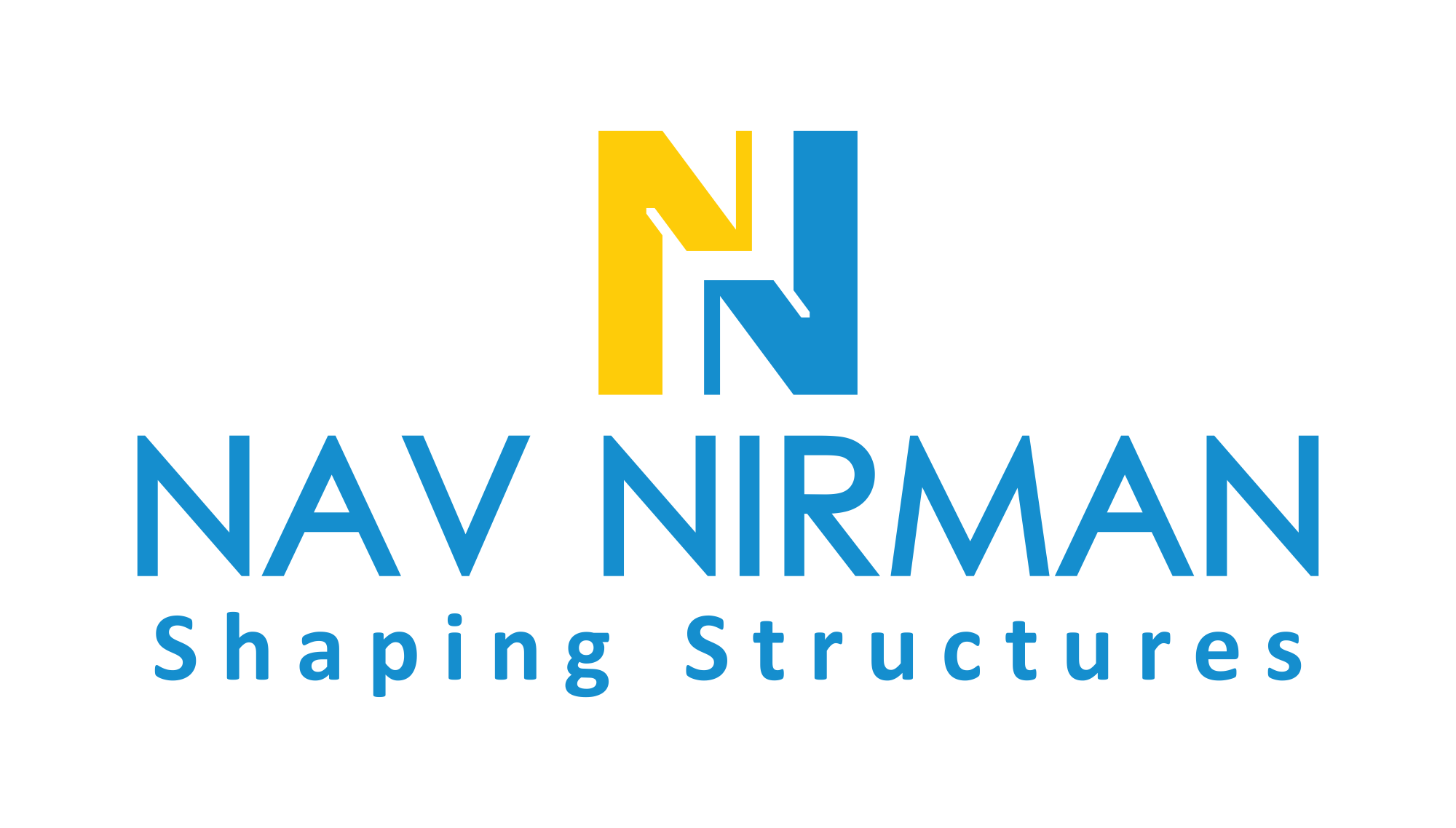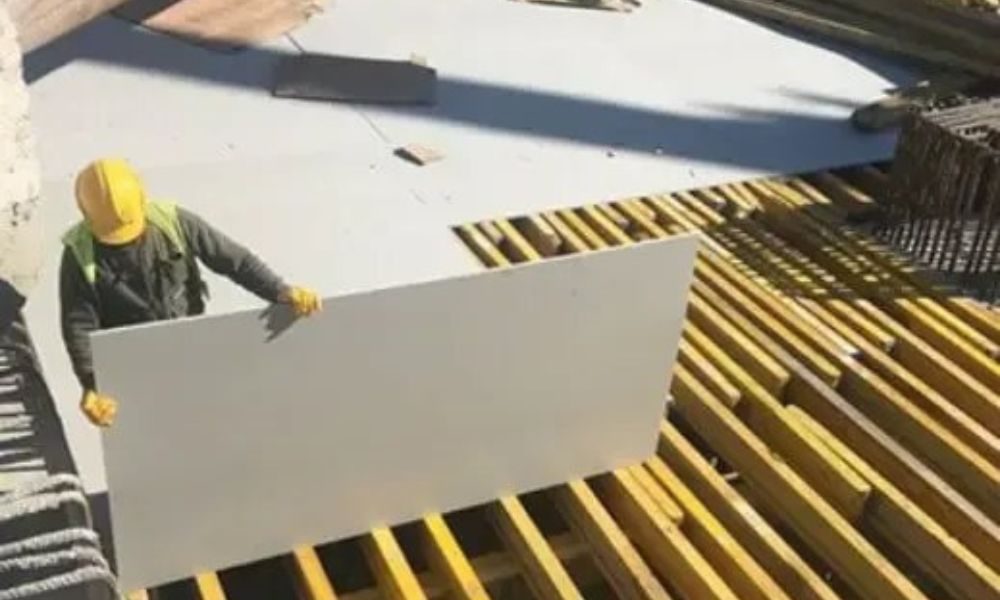Summary
This blog deals with the rising popularity of plastic formwork in modern construction, its eco-friendly nature, price efficiency, and simplicity compared to traditional materials. It reports plastic formwork to be recyclable, lightweight, and environmentally friendly with savings in collective long-term labor and maintenance costs. The post lists its safety benefits, versatility, and quality of surface finish and then follows up with mounting Indian formwork producers’ interest in it. It ends with the expectation that plastic formwork will be an eco-friendly, smart option for future construction.
Introduction
In this age of rapid real estate development and infrastructural ventures, the building industry is always searching for better, faster, and greener methods of building. One of the new stars of the industry in this regard is plastic formwork, a new-age substitute to conventional materials such as timber and steel, that provides builders with a new, efficient means to mold concrete buildings. Whether you’re constructing a residential building, an office tower, or even a bridge, having the right formwork in construction is crucial — and plastic is proving to be a game-changer.
What is Formwork in Construction?
For the sake of describing to those who might not know, formwork in construction is basically permanent or temporary mold to contain wet concrete until hardened into shape as needed. Stairways, walls, columns, and even slabs — all are not only determined by final shape with formwork, but by structural soundness as well as finished surface. While traditional materials like wood, plywood, and steel have been around for decades, increased demand for green and affordable building material has placed plastic formwork systems at the forefront of demand today.
Why Plastic Formwork Stands Out
1. Eco-Friendly Advantage
So what is so attractive about plastic formwork in modern construction? First off, it’s the green aspect. As opposed to wood, which sometimes involves cutting down trees and creates waste upon single use, plastic formwork is reusable, recyclable, and long-lasting. One set of plastic forms can typically be used over 100 times with minimal wear and tear and is therefore a long-lasting solution with much smaller environmental impact on building sites. As sustainability is no longer a choice but a requirement, the transition to plastic formwork is an eco-friendly and forward-thinking move for developers and builders.
2. Significant Cost Savings
A further major advantage is cost saving. Although the upfront expense of plastic formwork is slightly higher than that of timber, the long-term advantages are hard to ignore. Because they are lightweight, easy to wash, and quickly erected, the forms save valuable on-site hours and dollars. In addition, because they are corrosion, chemical, and moisture resistant, they have low maintenance and repair expenses. In repeated use, plastic formwork always beats traditional systems on a return-on-investment basis. It’s no wonder Indian formwork makers are finding more orders for plastic systems on small and large projects.
3. Convenience and Safety
Convenience and safety should not be forgotten. One of the cross-cutting problems with formwork assembly is managing material weight, especially in multi-level or urban construction. Plastic formwork is much lighter in weight than aluminum or steel, and that reduces physical fatigue for laborers and minimizes the risk of on-site injury. Additionally, plastic forms can be cleaned with water and no particular chemicals are needed to maintain it clean, and that maintains site conditions and laborers healthier.
4. Design Flexibility
Plastic formwork is highly versatile from a design perspective. These systems are available in different modular shapes and sizes, which makes it simple to customize and obtain precise concrete forms for numerous structural elements. From a complicated architectural detail to a plain wall, plastic formwork provides smooth, even concrete surfaces with fewer honeycombs and defects, which minimizes the amount of finishing and plastering work subsequently. This not only takes time but also enhances the overall quality and look of the completed building.
India’s Growing Adoption
With the Indian construction sector rapidly evolving, Indian formwork suppliers are upping their game and offering top-of-the-line, long-lasting, and economical plastic systems tailored to the specific demands of the Indian market. Builders are more informed than ever regarding the long-term benefits of investing in such formwork next-gen products, especially in a cutthroat marketplace where efficiency, greenness, and timely completion are make-or-break factors.
Conclusion
In short, plastic formwork is not a luxurious solution anymore but an easy, effective, and eco-friendly one for modern building construction. Its recyclability, toughness, and versatility combined with overall long-term cost benefit make it an ideal investment choice for contractors who are looking for quality and sustainability. With Indian formwork companies always seeking innovation and diversification, plastic formwork is going to find its niche in the future of construction — one good, eco-friendly, and well-cast wall at a time.


